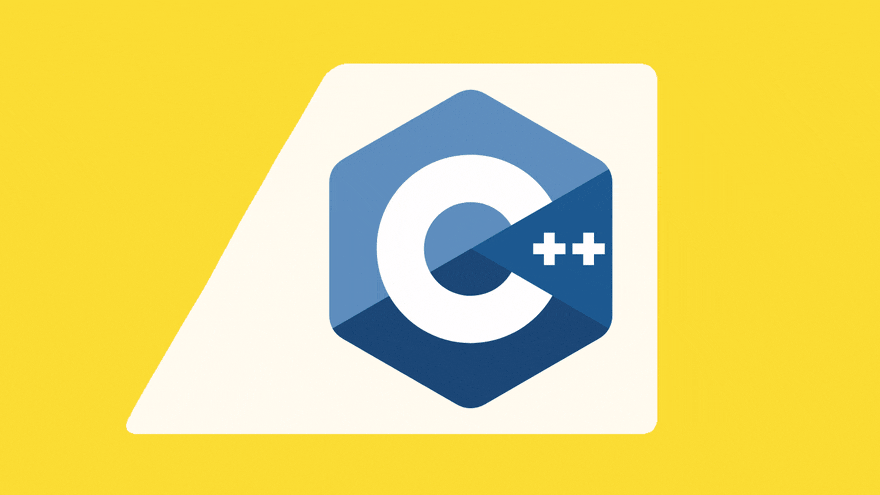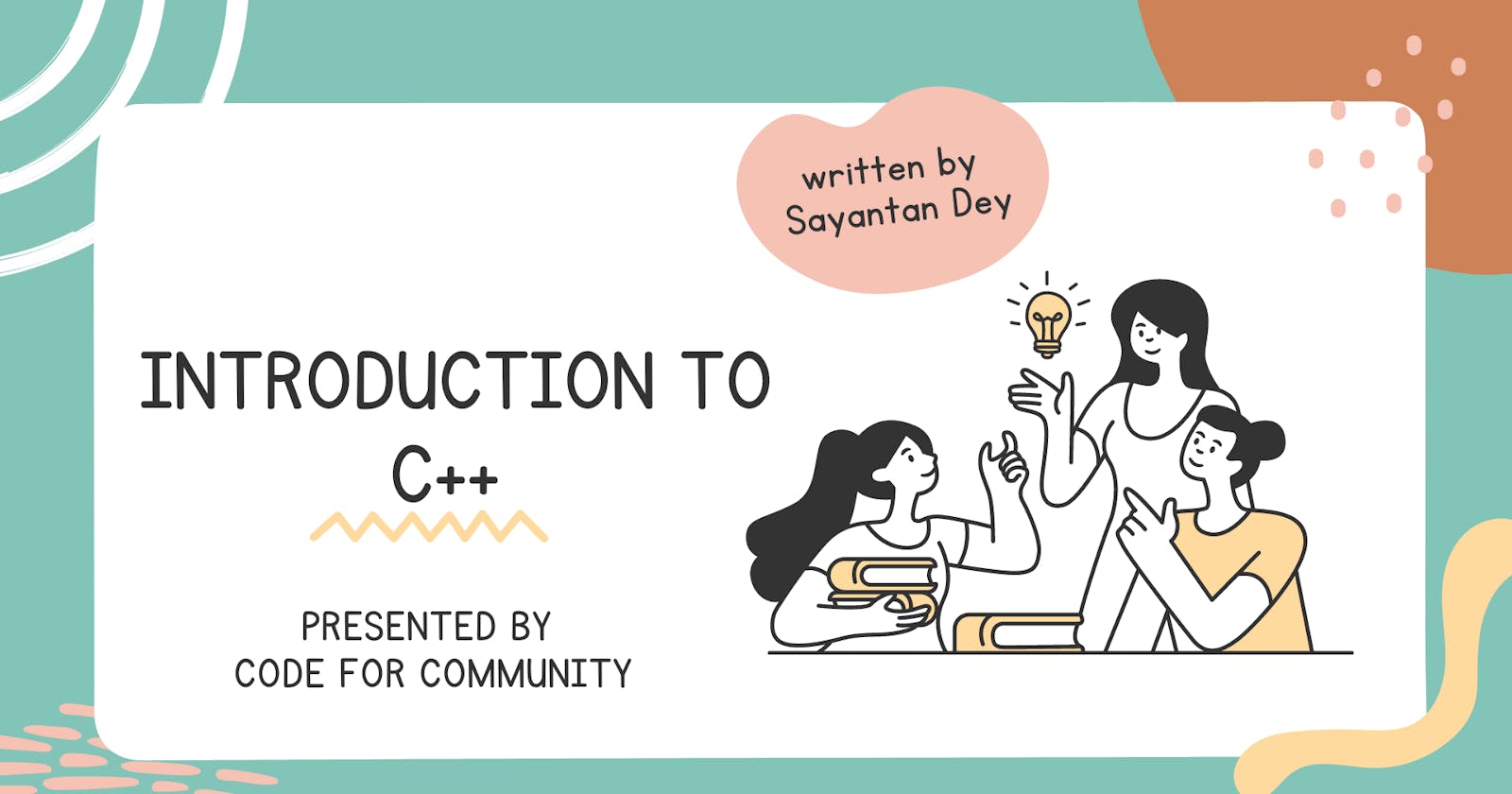Introduction to C++
A complete guide to mastering C++ from basics to advance !
Table of contents
what drove the creation of C++?
Back in the days, people worked on low-level programming languages (Assembly language) which, for the most part, were hardware-dependent and were complex to understand. Then high-level programming languages (like that of FORTRAN) were developed to write human-readable instructions to the machine. During the 1970s, the C language gained popularity and was the most widely used programming language for its dynamic memory management and efficiency. However, in the early 80s, people began realizing its shortcomings as it no longer proved to be efficient for working with more complex and larger programs. This increase in program complexity was the main factor that lead to the creation of C++.
C++ was developed by Stroustrup at Bell Labs in 1979 as an extension of the C language. He wanted an efficient and simple language like C combined with high-level features that include the concepts of Object Oriented Programming( Encapsulation, Inheritance, Polymorphism, Data abstraction, etc), Exception handling, Constructors or Destructors.
Introduction :
C++ is a multi-platform programming language that is used to create high-performance applications. It can be used to develop operating systems, browsers, games, and so on. Most popular operating systems like windows OS, MAC OS and Linux, which we still use today, were written in C++. Browsers like Chrome, Firefox, and Internet Explorer have a core rendering engine also written in C++.

Key features :
- Object-oriented
- simple and efficient
- fast and powerful
- platform dependent
- Dynamic memory management
- a wide range of inbuilt library functions
